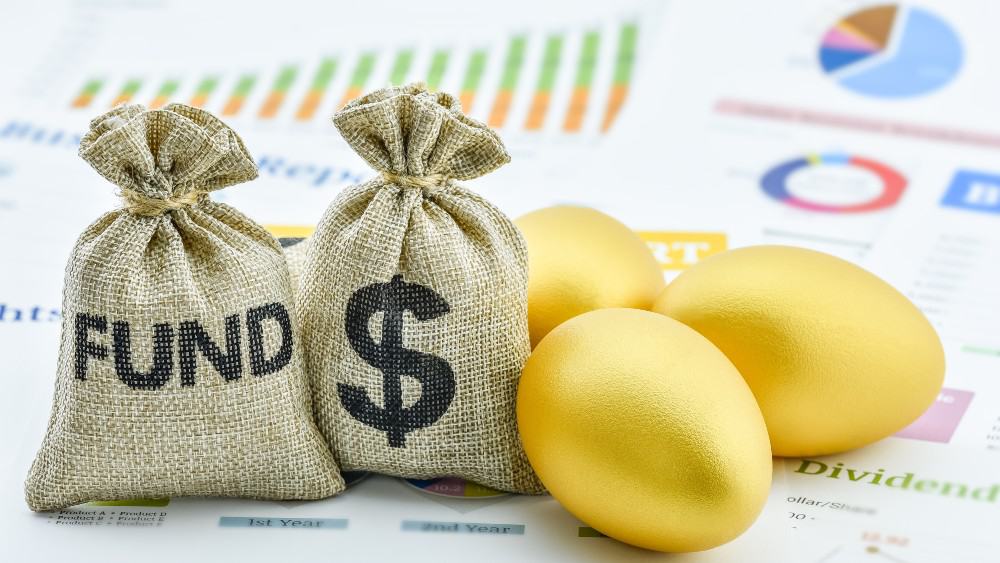RRSP investors are wondering which stocks might be top picks for their RRSP portfolios in 2021.
RRSP 101
Canada created the RRSP in the 1950s to help Canadians without pensions put away money for retirement. Over the years the program improved both in flexibility and in the amounts people can contribute. Changes included allowing people to carry forward unused space. The percentage of income that can be contributed also increased.
Canadians can find their RRSP contribution room or limit on their latest notice of assessment.
The RRSP deduction limit is 18% of pre-tax earnings in the previous year up to a maximum. For the 2019 tax year the maximum is $26,500.
Contributions to company pensions reduce the amount, but any spare space that is not used in one year can be saved for another year.
Since RRSP contributions are used to reduce taxable income for the relevant year, you get the best bang for your buck when you are in a high marginal tax bracket. RRSP investments grow tax-free, but the funds are taxed when the money is removed. Ideally, the plan is to withdraw the cash when you are in a lower tax bracket than when the initial contributions were made.
Younger investors might choose to contribute funds to a TFSA investment portfolio first, and save the RRSP room for later in their careers when they are in a higher tax bracket.
Best RRSP investments
Self-directed RRSP accounts give people a lot of flexibility when it comes to choosing the investments. A popular strategy for buy-and-hold investors involves buying top dividend stocks and using the distributions to acquire new shares.
The compounding process starts out slowly, but over the course of two or three decades the impact can be significant, especially when combined with rising stock prices.
Companies with the best long-term returns tend to be ones that raise the payout on a regular basis. The business normally remains profitable in good economic times and during recessions. Industry leaders that provide essential services are often good picks.
Let’s take a look at TD Bank (TSX:TD)(NYSE:TD) to see how the strategy works.
Is TD Bank stock a good buy?
TD is Canada’s second largest bank by market capitalization. While the company is well known for its strong Canadian retail banking operations, TD also has a major presence in the United States. In fact, the bank has more branches in the U.S. than it does in Canada, although the Canadian business still brings in the most profits.
TD is one of Canada’s top dividend-growth stocks with a compound annual dividend growth rate of about 10% over the past two decades, making it an attractive stock for RRSP portfolios.
The company earned adjusted net income of $2.37 billion in fiscal Q3 2020. That’s after large provisions for credit losses (PCL) of $2.2 billion. The PCL is just an estimate of loans that might go bad due to the pandemic. The end result could be much lower than the amount actually set aside.
TD’s dividend should be very safe. The stock trades near $70 per share at the time of writing and provides a 4.5% dividend yield.
Long-term investors have done well with TD stock. A $15,000 RRSP investment in TD just 25 years ago would be worth $400,000 today with the dividends reinvested!
The bottom line on RRSP investing
The RRSP remains a great tool for Canadians to build significant personal savings for retirement. Canada’s TSX Index is home to many top dividend stocks like TD that have delivered great returns over the year. Several still appear attractively priced today.



